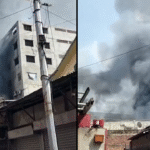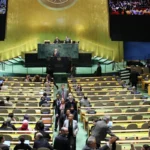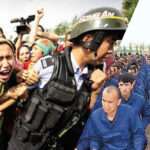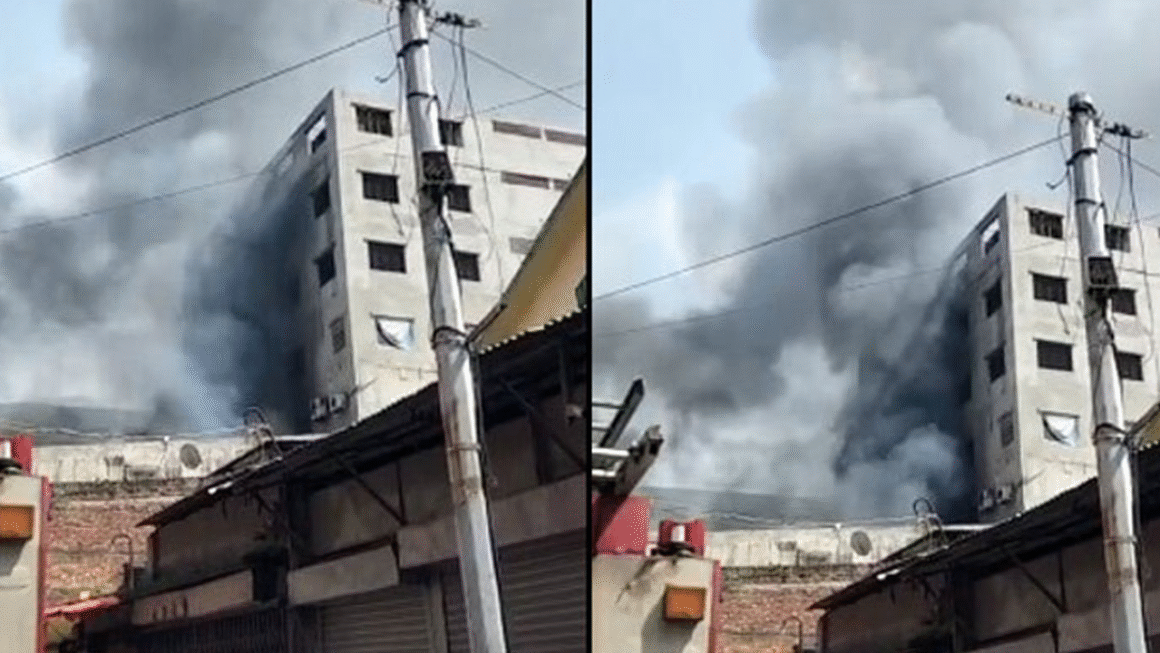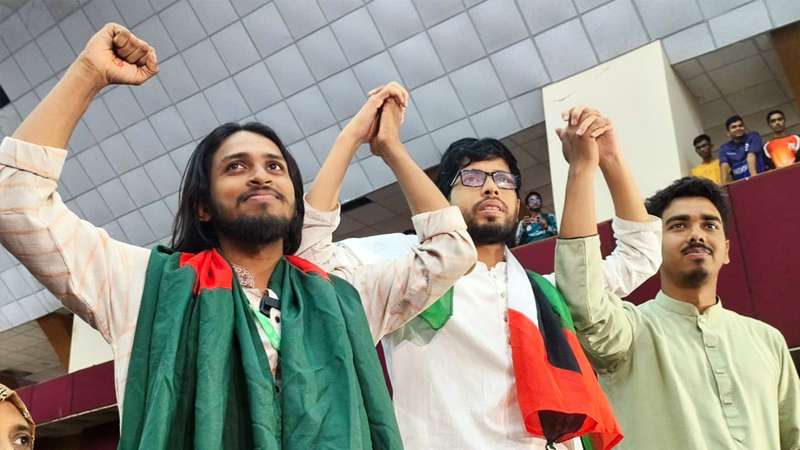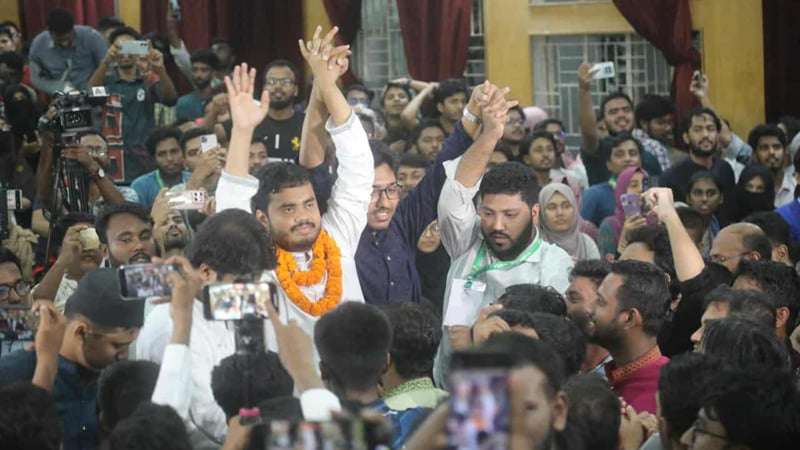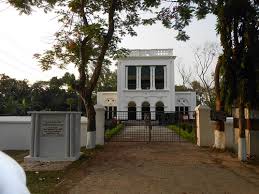 Introduction to Dokkhindihi Rabindra Complex-
Introduction to Dokkhindihi Rabindra Complex-
The Dokkhindihi Rabindra Complex is one of the most treasured cultural and historical sites in Bangladesh. Located in the Phultala Upazila of Khulna District, this heritage site is closely associated with the world-famous poet and Nobel laureate Rabindranath Tagore. The complex is situated in the ancestral home of the Tagore family, where the poet’s paternal family lived and where Tagore himself had personal connections.
Rich in historical value and literary significance, Dokkhindihi has become a popular destination for researchers, literature enthusiasts, tourists, and heritage lovers from across the globe. With its well-preserved architecture, tranquil surroundings, and dedicated museum, the complex pays tribute to the life and legacy of Tagore in the land where his roots remain.
History of Dokkhindihi Rabindra Complex-
The Dokkhindihi Rabindra Complex is located in the village of Dokkhindihi, near Khulna city. The Tagore family’s presence in this region dates back several generations. Although Rabindranath Tagore was born in Jorasanko, Kolkata, his familial ties to Dokkhindihi remained important throughout his life.
This house belonged to Tagore’s paternal aunt. After Tagore married Mrinalini Devi, he occasionally visited this home, creating a direct personal connection between the poet and this location. As a result, the house holds both ancestral and emotional value in Tagore’s history. In 1995, the Government of Bangladesh restored the house and turned it into a museum named the Dokkhindihi Rabindra Complex, ensuring the preservation of the poet’s heritage.
Architectural Features of the Rabindra Complex-
The architectural design of the Dokkhindihi Rabindra Complex reflects the colonial-era structures typical of Bengal during the 19th century. The two-storied mansion has:
- Spacious verandas
- Elegant archways
- Red brick exterior
- Wooden windows with intricate designs
- Sloping tiled roofs
- Period furniture and artifacts inside the museum
The museum also houses several original items such as:
- Tagore’s handwritten letters
- Manuscripts
- Portraits and paintings
- First editions of his literary works
- Family memorabilia
The ambiance of the house reflects a blend of aristocratic Bengali style and the colonial charm of Tagore’s era.
Cultural Significance of Dokkhindihi Rabindra Complex-
As one of the very few Tagore-related heritage sites in Bangladesh, the Dokkhindihi Rabindra Complex plays a vital role in preserving Bengali literature and cultural identity. It serves as a center of:
- Literary research
- Annual Tagore festivals
- Cultural events and performances
- Academic conferences and seminars
Every year, on 25th Baishakh (Tagore’s birth anniversary), the complex becomes a hub of celebrations with dance, music, poetry recitations, and homage ceremonies that draw both local and international visitors.
Museum and Exhibits-
Inside the Rabindra Complex museum, visitors will find a well-curated collection of:
- Tagore’s personal items
- Replicas of his original manuscripts
- Photos of his family, friends, and major life events
- Historical maps and documents related to the Tagore estate
The museum offers insights into Rabindranath Tagore’s contributions to music, literature, and the Bengal Renaissance. Many exhibits also highlight his relationship with Bangladesh, his journey to Shilaidah, and his influence on the country’s intellectual history.
How to Reach Dokkhindihi Rabindra Complex-
Location:
Dokkhindihi village, Phultala Upazila, Khulna District, Bangladesh.
From Khulna city:
The complex is about 19 kilometers north of Khulna city. You can reach the site by:
- Bus: Regular local buses go from Khulna Sadar to Phultala.
- Auto-rickshaw/CNG: Available for a more direct route.
- Private Car: Recommended for convenience and comfort.
- Train: Phultala has a railway station nearby with connections from Khulna.
Entry Fee and Visiting Hours-
- Entry Fee:
Entry is typically free for Bangladeshi citizens. A small fee may apply to international visitors. - Visiting Hours:
- Saturday to Thursday: 10:00 AM – 5:00 PM
- Friday: Closed (or open after Jummah Prayer depending on season)
- Government Holidays: Usually closed unless special programs are arranged
Best Time to Visit Dokkhindihi Rabindra Complex-
The best time to visit the Dokkhindihi Rabindra Complex is during the winter season (November to February), when the weather in Khulna is pleasant and dry, ideal for walking around the complex and exploring the outdoor premises.
For a cultural experience, consider visiting in May (Baishakh) during Rabindra Jayanti, which is celebrated with vibrant cultural events, music, and performances.
Conclusion-
The Dokkhindihi Rabindra Complex is more than just a historical site—it is a living testament to the life and legacy of Rabindranath Tagore. It offers a window into the poet’s personal connections to Bangladesh and stands as a symbol of Bengali pride and intellectual tradition.
Whether you’re a fan of literature, a student of history, or simply a curious traveler, this site provides an enriching experience filled with cultural depth and architectural beauty.
FAQs about Dokkhindihi Rabindra Complex-
Q1: Who built the Dokkhindihi Rabindra Compl-ex?
The original building belonged to Rabindranath Tagore’s paternal aunt. It was later restored by the Government of Bangladesh and turned into a heritage museum in 1995.
Q2: Did Rabindranath Tagore live in Dokkhindihi?
He did not permanently live there but visited several times, especially after his marriage to Mrinalini Devi. The house holds emotional significance for Tagore and his family.
Q3: What can visitors expect to see at the complex?
Visitors can explore a museum with manuscripts, letters, photographs, and furniture from Tagore’s era. The building itself is an attraction for its historical architecture.
Q4: Is photography allowed inside the museum?
In most cases, photography is allowed in outdoor areas, but may be restricted indoors to preserve documents and artifacts. It’s best to ask the staff before taking photos.
Q5: Are there any guided tours available at the complex?
While official guided tours may not always be available, local guides or caretakers often provide informal tours. Reading about Tagore beforehand enhances the experience.
Q6: Is the complex accessible for people with disabilities?
The historic building has stairs and narrow passageways that might pose accessibility challenges, but staff are usually helpful in assisting visitors.
Q7: Can I buy Tagore-related books or souvenirs at the complex?
Some cultural programs may feature stalls selling books, posters, and memorabilia. However, a permanent souvenir shop is not always available.
Q8: How long does it take to explore the whole complex?
A thorough visit typically takes 1.5 to 2 hours including the museum and outdoor surroundings.
Q9: Are there other Tagore-related sites in Bangladesh?
Yes, other sites include Shilaidah Kuthibari in Kushtia, Shahzadpur Kachharibari in Sirajganj, and Patisar Kachharibari in Naogaon.
Q10: Is there any accommodation near the complex?
While the complex itself doesn’t offer lodging, Khulna city has various hotels and guest houses suitable for travelers.

